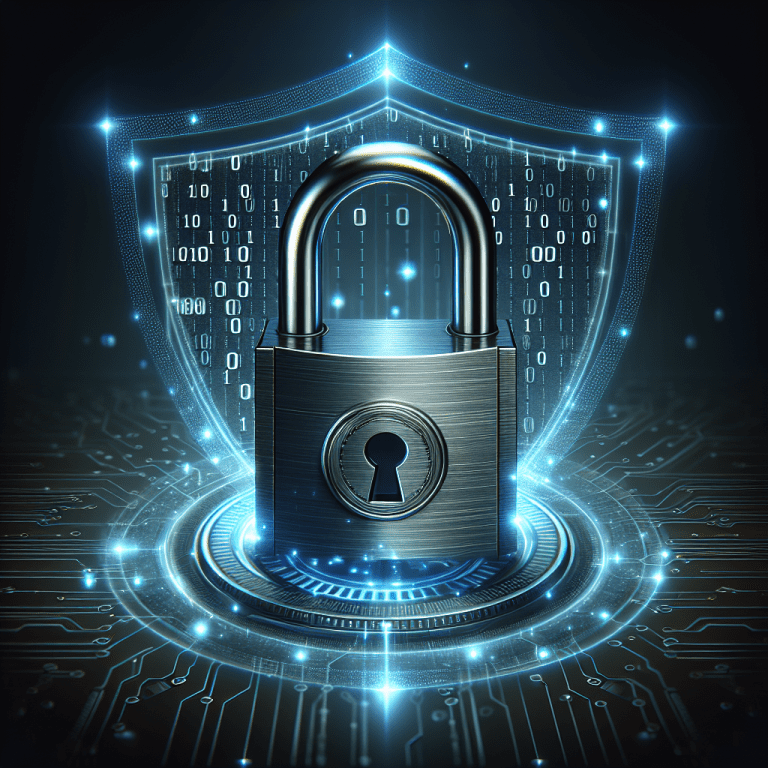
In today’s digital age, virtual collaboration has become an essential tool for both personal and professional communication. However, with the rise in cyber threats, it is crucial to ensure the security of your video conferences. That’s why knowing the steps for setting up a password-protected video conference is vital. By implementing this added layer of security, you can have peace of mind knowing that your confidential discussions and sensitive information are safeguarded. In this article, I will guide you through the process, offering clear instructions and expert advice to help you create a secure virtual environment for your meetings. Whether you are a business professional or a student attending online classes, you can follow these steps to protect your video conferences and maintain confidentiality. So let’s dive in and discover how to set up a password-protected video conference for added security.
Learn More About O-Connect Here
Choose a secure video conferencing platform
When it comes to hosting a video conference, it is crucial to choose a secure platform that prioritizes the protection of your sensitive information. With numerous options available in the market, make sure to research and select a reliable platform that has a strong track record in security. Look for features like end-to-end encryption, data protection measures, and a commitment to regular security updates. One highly recommended option is O-Connect, which not only offers seamless virtual collaboration but also ensures the highest level of security for your video conferences.
Create an account
To begin hosting secure video conferences, you need to create an account with your chosen platform. This typically involves providing your basic information such as name, email address, and creating a username and password. Remember to choose a strong password that is hard for others to guess, combining uppercase and lowercase letters, numbers, and special characters. It is important to keep your account credentials confidential and not share them with anyone.
Enable password protection feature
Once you have created your account, enable the password protection feature offered by your video conferencing platform. This adds an extra layer of security by requiring participants to enter a password before joining the conference. By implementing this feature, you ensure that only authorized individuals can access your video conference and minimize the risk of unauthorized intrusion.
Set a strong password
When setting a password for your video conferences, it is essential to choose a strong and unique combination that is not easily guessable. Avoid using common passwords like “123456” or “password” as they are highly vulnerable to hacking attempts. Instead, opt for a password that includes a mix of uppercase and lowercase letters, numbers, and special characters. Additionally, make sure to change your password regularly to further enhance the security of your video conferences.
Share the password securely
After setting a password for your video conference, it is crucial to share it securely with the intended participants. Avoid sending the password through unprotected channels such as email or instant messaging, as these methods can be intercepted by unauthorized individuals. Instead, consider using secure communication channels such as encrypted messaging apps or password-protected file sharing platforms to share the password with your participants safely.
Customize privacy settings
To ensure maximum privacy during your video conference, take advantage of the privacy settings offered by your chosen video conferencing platform. Customize the settings according to your requirements, such as disabling screen sharing for participants other than the host, turning off camera and microphone access by default, and controlling the ability to record the conference. By customizing these settings, you can tailor the privacy levels to meet your specific needs.
Control access permissions
Another important aspect of maintaining security during video conferences is controlling access permissions. Depending on the platform you choose, you might have the ability to grant or revoke access to specific participants. By having control over who can join your video conference, you can prevent unauthorized individuals from gaining entry and ensure that only trusted participants are present.
Implement two-factor authentication
To further enhance the security of your video conferences, consider implementing two-factor authentication (2FA) whenever possible. 2FA adds an extra layer of protection by requiring users to provide a second form of identification, along with their password, to access their account. This can be in the form of a temporary verification code sent via SMS or generated by an authenticator app. By enabling 2FA, you significantly reduce the risk of unauthorized access to your video conferences.
Keep the platform and software updated
To stay ahead of potential security vulnerabilities, it is crucial to keep your video conferencing platform and associated software up to date. Developers regularly release updates and patches to address any identified security flaws, so make sure to install these updates promptly. By keeping your platform and software updated, you ensure that you are benefiting from the latest security enhancements and protection measures.
Educate participants on security practices
While you can take many steps to secure your video conferences, it is equally important to educate your participants on best security practices. Encourage them to set strong passwords, enable two-factor authentication if available, and avoid sharing sensitive information during the conference. By fostering a culture of security awareness among your participants, you collectively contribute to a safer and more secure video conferencing environment.
In conclusion, setting up a password-protected video conference for added security involves a series of important steps. By choosing a secure platform, enabling password protection, setting strong passwords, sharing passwords securely, customizing privacy settings, controlling access permissions, implementing two-factor authentication, keeping the platform and software updated, and educating participants on security practices, you can create a secure and protected video conferencing experience. Remember, prioritizing security is essential in the ever-evolving digital landscape, and by following these steps, you can ensure the confidentiality and integrity of your video conferences.